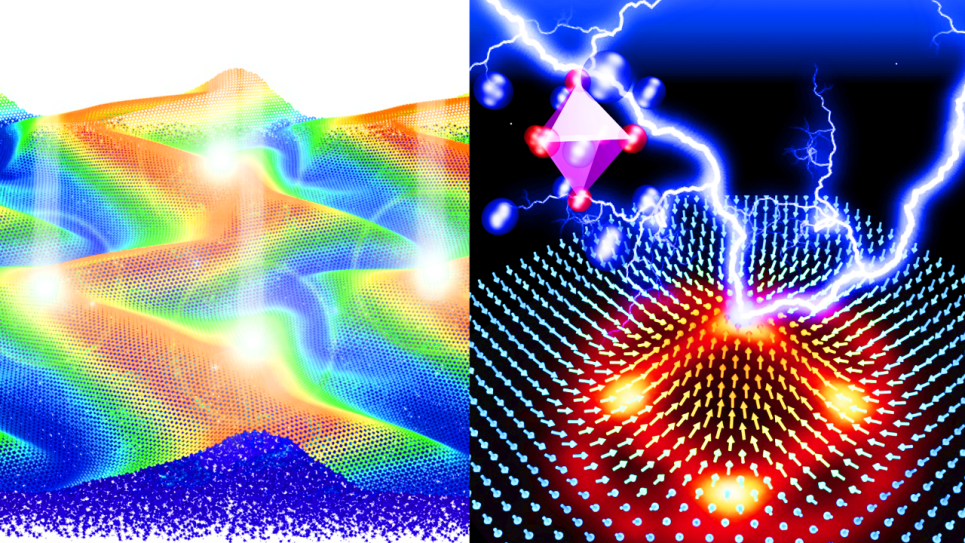
Carbon at Extremes: Discovery Science with Exascale Computers
he main objective of this project is to perform transformative, quantum-accurate billion-atom molecular dynamics (MD) simulations on exascale DOE computers, Frontier and Aurora, to uncover the fundamental physics of carbon under extreme pressures and temperatures. The discovery science enabled by exascale computing is uniquely coupled with several experimental projects, led by the PI and his experimental collaborators, aimed at observing the phenomena predicted by the team’s simulations. The team’s scientific goals include designing compressive pathways for the synthesis of the elusive and long-sought post-diamond BC8 phase of carbon; uncovering kinetic effects in phase transformations to the BC8 phase from diamond and amorphous carbon in explicit billion-atom double-shock simulations at micrometer and nanosecond time scales. Additionally, the researchers aim to reveal fundamental mechanisms of inelastic deformation in shock-compressed diamond and to determine the origin of the anomalous persistence of crystalline anisotropy at extreme compressions, up to the melting line, in multi-billion-atom simulations of split-shock wave propagation. Finally, the team investigates the fundamental physics of shock melting and refreezing, as well as determining how refreeze microstructure affects the modulation of initially planar second shocks in multi-billion-atom single- and double-shock simulations. Finally, the team investigates the fundamental physics of shock melting and refreezing and determines how the refreeze microstructure affects the modulation of initially planar second shocks in multi-billion-atom single- and double-shock simulations.
